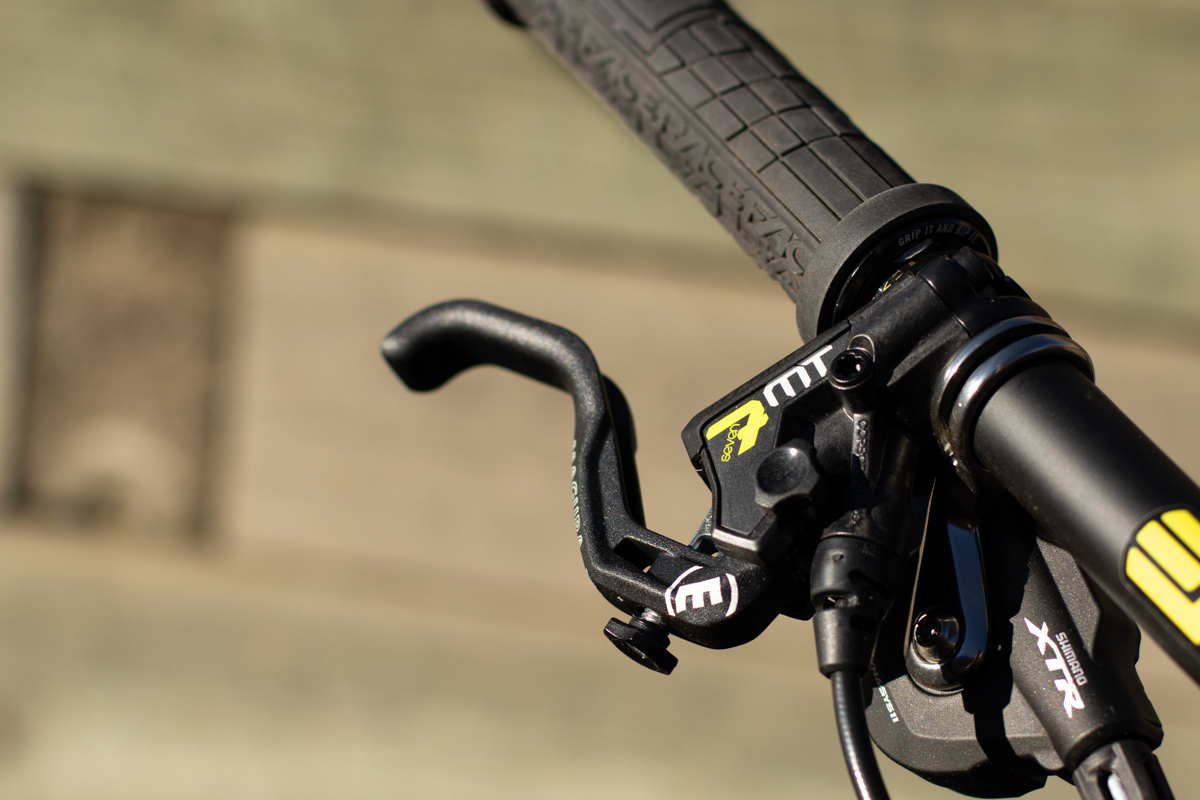
Sometimes it seems like mountain bikers get a little too hung up on the nuances between SRAM and Shimano brakes without realizing there are other options entirely. Shimano brakes are powerful and reliable. SRAM’s generally have better modulation, but some models have had warranty issues over the years. It can almost feel like a bad Thanksgiving dinner when someone brings up why they like a certain brake more than another during an after-ride beer. Until recently, I’d say that I was a SRAM fan. I’ve always appreciated the modulation and end power, even if I had to bleed them four times a season. The Magura MT7 Pro brakes may have changed my mind.

Magura MT7 Pro Specs
- Carbotecture brake master (polymer and carbon mix)
- Aluminum lever blade
- PM/IS Mounting
- Tool-free bite and reach adjust
- One-piece forged, four-piston aluminum caliper
- Proprietary Royal Blood, mineral oil based hydraulic fluid
- Compatible with Magura Storm HC rotor
- 277g for a lever and caliper set with an uncut hose
- MSRP: $269
- Buy from Jenson USA

About the brake
The Magura MT7 Pros are an entirely different brake and beast compared to traditional options like the Shimano XT or SRAM Code. Everything from the S-shaped lever, to the boxy master cylinder, and the universal flip-flop design (which threw me off at first since there is not a designated right or left) is foreign from most other hydraulic mountain bike brakes.
The lever is different from other brakes out there, and at first look, it’s a little “love it or leave it.” The composite Carbotecture housing is a departure from machined master cylinders from Shimano, SRAM, or TRP. Regardless, it is a tough material. There is a reach adjust knob near the top of the lever, and a bite adjust knob on one side of the housing that can be swapped to the other side.
Magura also makes different lever blades and other accessories like colored piston rings to customize the brakes.
The Magura MT7 Pro caliper is pretty unique. There are four pistons in a single piece of machined aluminum, with two sets of brake pads in each one. That means that buyers will need four sets of brake pads for the whole system. The pistons are magnetic, eliminating extra hardware for the brake pads, and the pads slide right into the caliper and stick to the pistons. The idea of having a set of pads for each pair of pistons is said to offer better modulation since each set of pistons can better articulate the brake power.
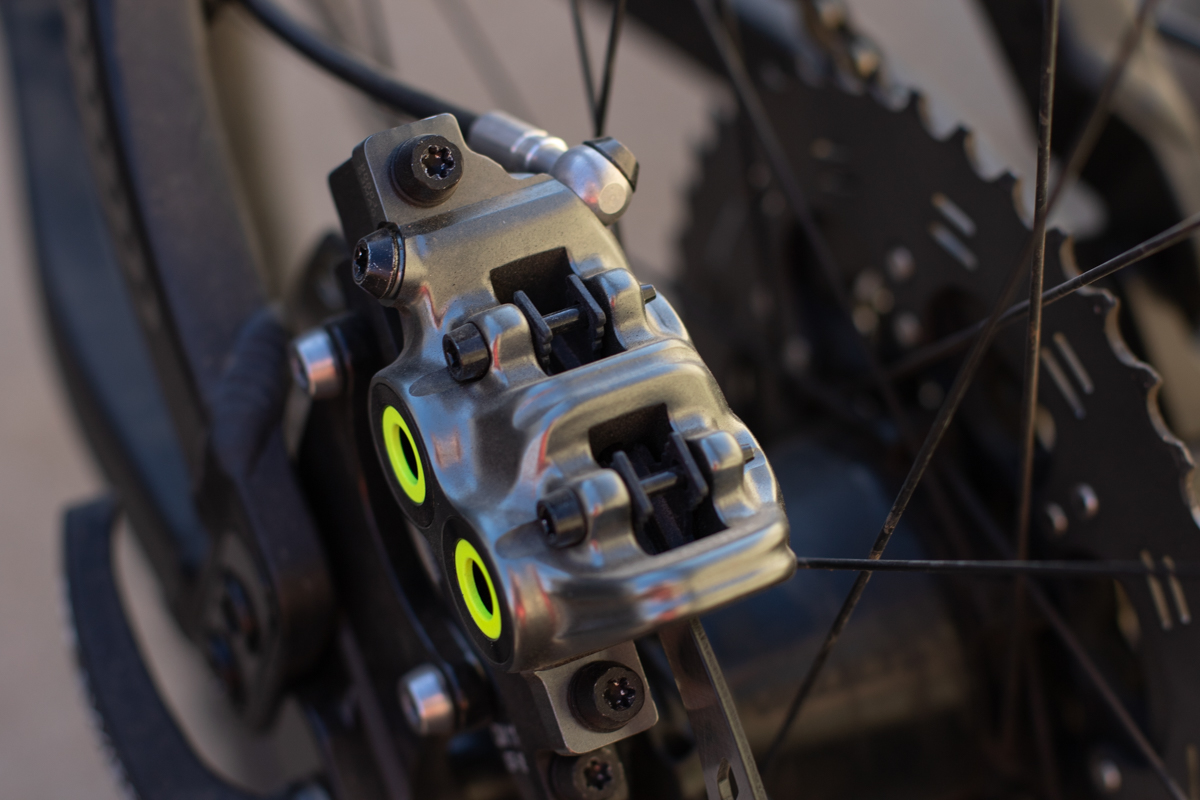
Magura recommends running their Storm HC rotor, and no other rotor with the MT7 Pro brakes, because the rotor is 2mm thick, which is a touch thicker than other rotors.

On the trail
Actually, before we get to the trail, let’s talk installation. The Magura MT7 Pro brakes come with pre-filled hoses long enough to climb El Capitan and need to be cut for installation. Luckily, the brakes include a set of instructions on how to cut them without a bleed. The best part is that the instructions are easy to follow and execute, and I was able to install them without needing a bleed. The process involves installing the brakes with the hose length as is, cutting the excess off near the lever, re-installing the brake hose fittings, and voila. Magura also has this trusty video to demonstrate the process.
The lever pull is one of the best I’ve experienced in a brake. It’s consistent, with a noticeable ramp-up in tension before the pads really chomp down on the rotor. The MT7s provide a lot of power — probably more than necessary for a lighter rider like myself, but not so much that I’ll stop using them anytime soon. The power is there when you need it, but with the amount of modulation that they offer, you can use that power wisely.
I’ve only used these brakes on my home trails for testing, but I can tell that they’ll be great for long bike park runs in the summer, when most brakes cry for a break after 1,500ft of descending. The Magura MT7 Pro brakes seem to manage heat exceptionally well.
Bleeding was no more complicated than with any other brake. The torque ratings do demand a little bit more attention, however. The bleed port on the lever is rated at .5nM, just enough to feel like you’re lightly turning the wrench. The bleed port on the caliper is rated for 2nM, so it’s more secure.

Other than that, it’s a pretty normal procedure as far as a bleed goes. The lever does not need a hose or any threaded hardware and the syringe nozzle fits directly into the bleed port. The syringe at the caliper does need a hose and attachment. Put more Royal Blood in the caliper syringe than the lever, push it through, tap the lever to make sure all the air is out, and so on.

Conclusion
So far, the Magura MT7 Pro brakes have exceeded my expectations. I’d trust them as a downhill brake, in an enduro race, or for really great braking on fast trail rides. The power and modulation are there, and the reliability seems to be too. I can’t wait to get them on even longer, steeper trails this summer.
- MSRP: $269
- Buy from Jenson USA


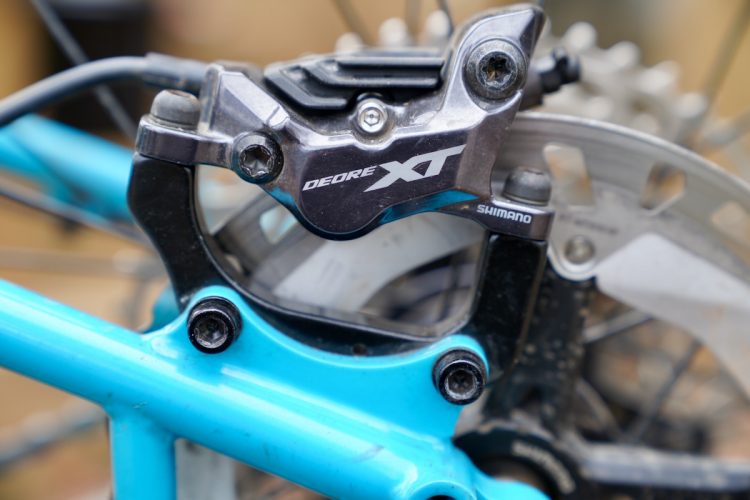

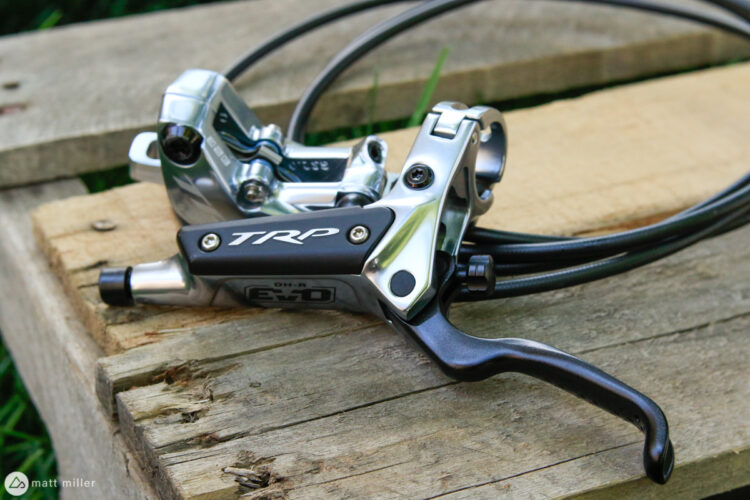

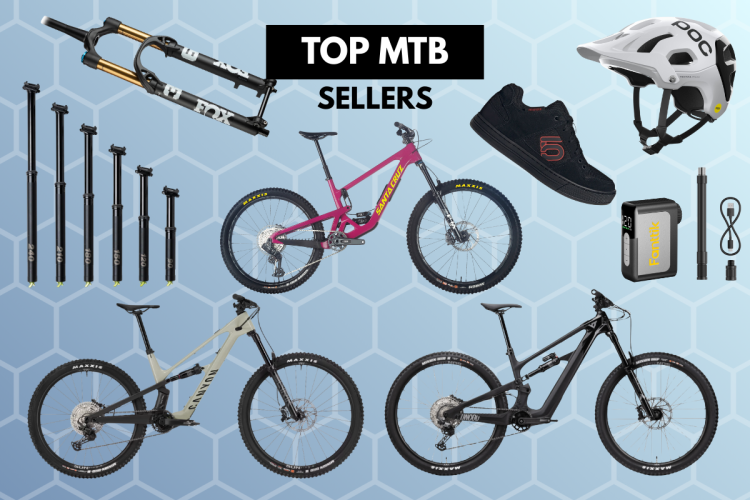
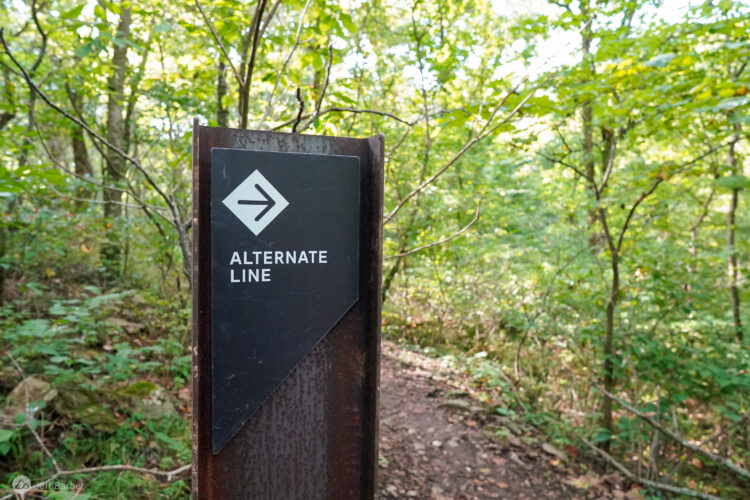
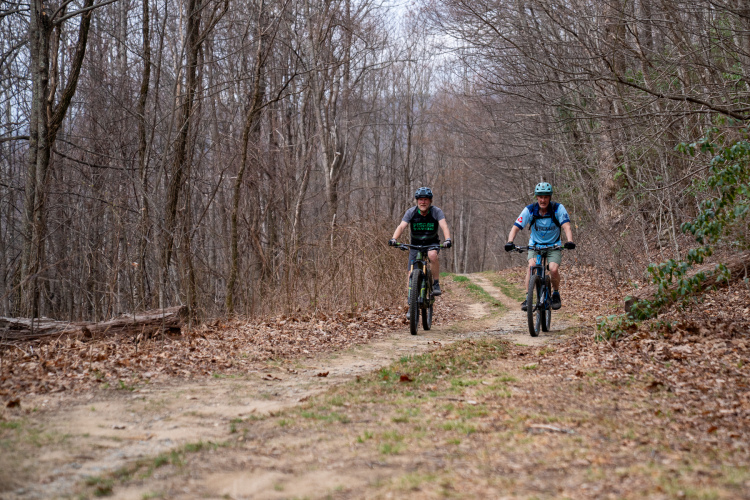
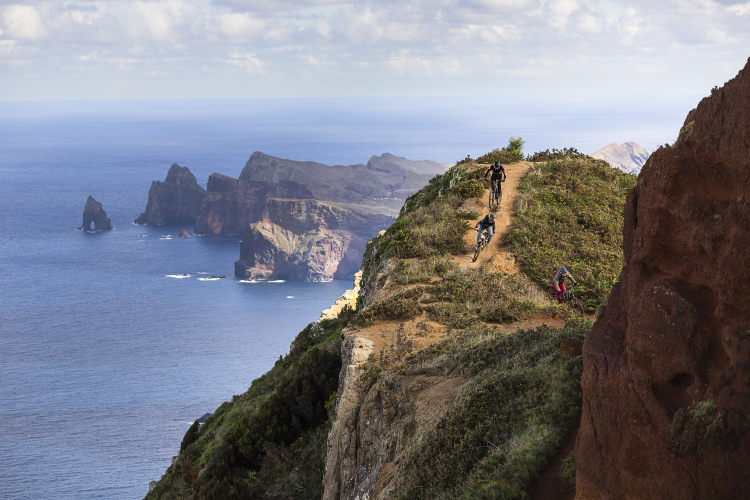

2 Comments
Apr 8, 2019
Jul 27, 2020